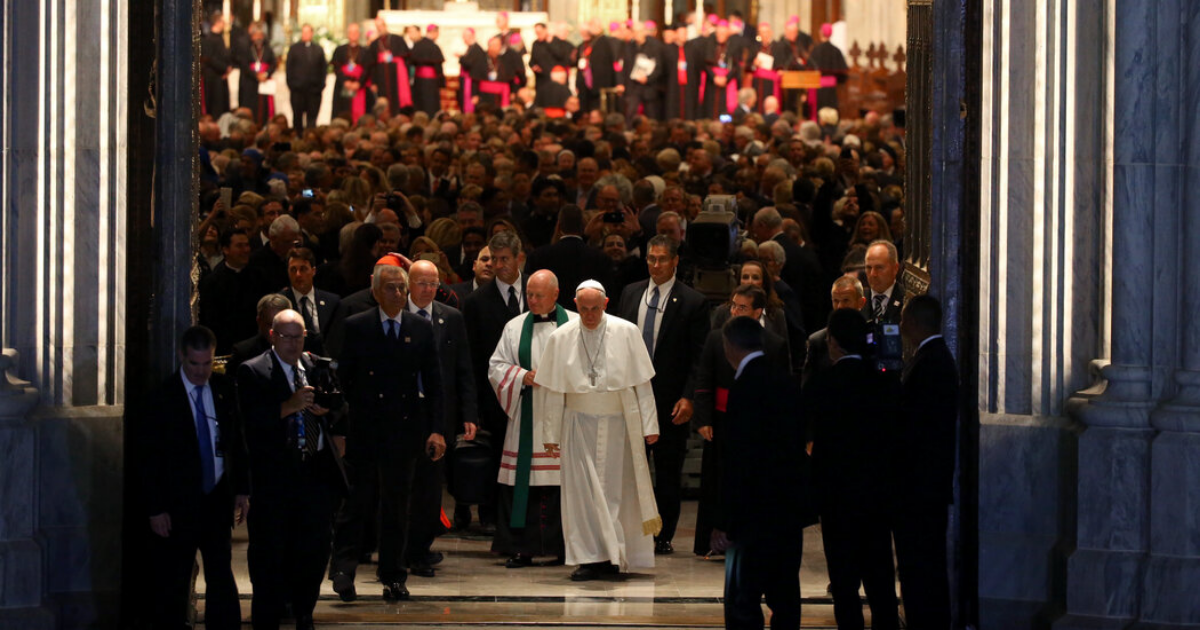A few months before he died on Monday, Pope Francis entered what turned out to be his last high-profile skirmish with his flock in the United States. In a letter in February to American bishops, with whom he had his own complicated relationship over the years, the pope criticized President Trump’s treatment of migrants, claiming that deportations violate the “dignity of many men and women, and of entire families.”
Though he didn’t name names, he also seemed to to rebut Vice President JD Vance’s recent interpretation of a Catholic theological concept. Mr. Vance, who is Catholic, met briefly with Pope Francis at his home in Rome on Easter Sunday, making the vice president among the last people to see the ailing pontiff alive.
The slap in February, with its intertwining layers of politics and theology, was typical of the often fraught public relationship between Pope Francis and conservative American Catholics. When Pope Francis took office in 2013, many Catholics in the United States were optimistic that his emphasis on inclusivity and ministry to the margins would lead to a “Francis effect” that would enliven the American church for years to come.
Pope Francis did end up energizing American Catholics, but not only in the way his supporters hoped. His papacy galvanized a traditionalist stream that had always existed in the American church, and that strengthened and expanded throughout his papacy as a tide of resistance rose in the American church hierarchy, in Washington and in the pews.
Pope Francis’ critics represent a minority of the American church but a powerful one. They were not only fellow clergy but also elected officials in a newly ascendant wing of the American Catholic political realm, as Catholic power in Washington developed harder edges in the final months of his life. President Trump stocked his cabinet with conservative Catholics, and elevated Mr. Vance as vice president, a Catholic convert whose views on church doctrine are deeply enmeshed with his political priorities. Catholics make up more than a third of Mr. Trump’s cabinet, including Secretary of State Marco Rubio.
But Pope Francis’ critics in the American church had objections that ranged far beyond disagreements over public policy. Critics, including some clergy, have accused him of sowing confusion on bedrock church doctrines, and at the same time of wielding an autocratic leadership style behind a facade of humility and informality. He was seen as haphazardly rushing the church into the future, at a time when many American traditionalists were questioning the changes of Vatican II.
Thank you for your patience while we verify access. If you are in Reader mode please exit and log into your Times account, or subscribe for all of The Times.
Thank you for your patience while we verify access.
Already a subscriber? Log in.
Want all of The Times? Subscribe.
